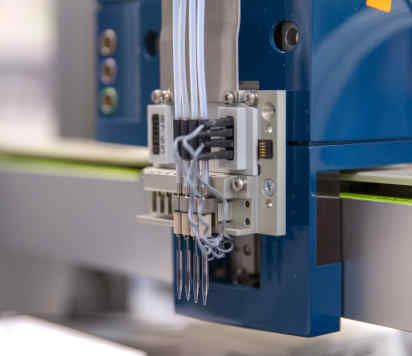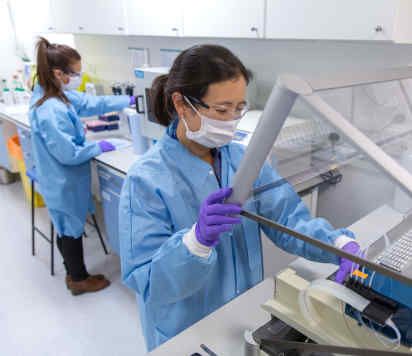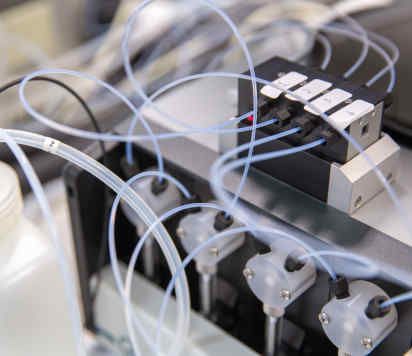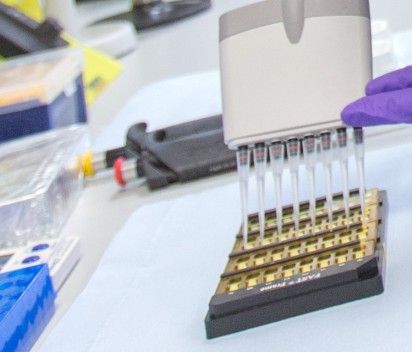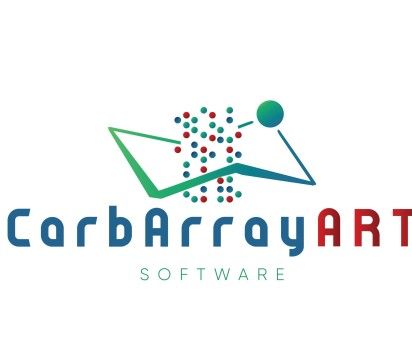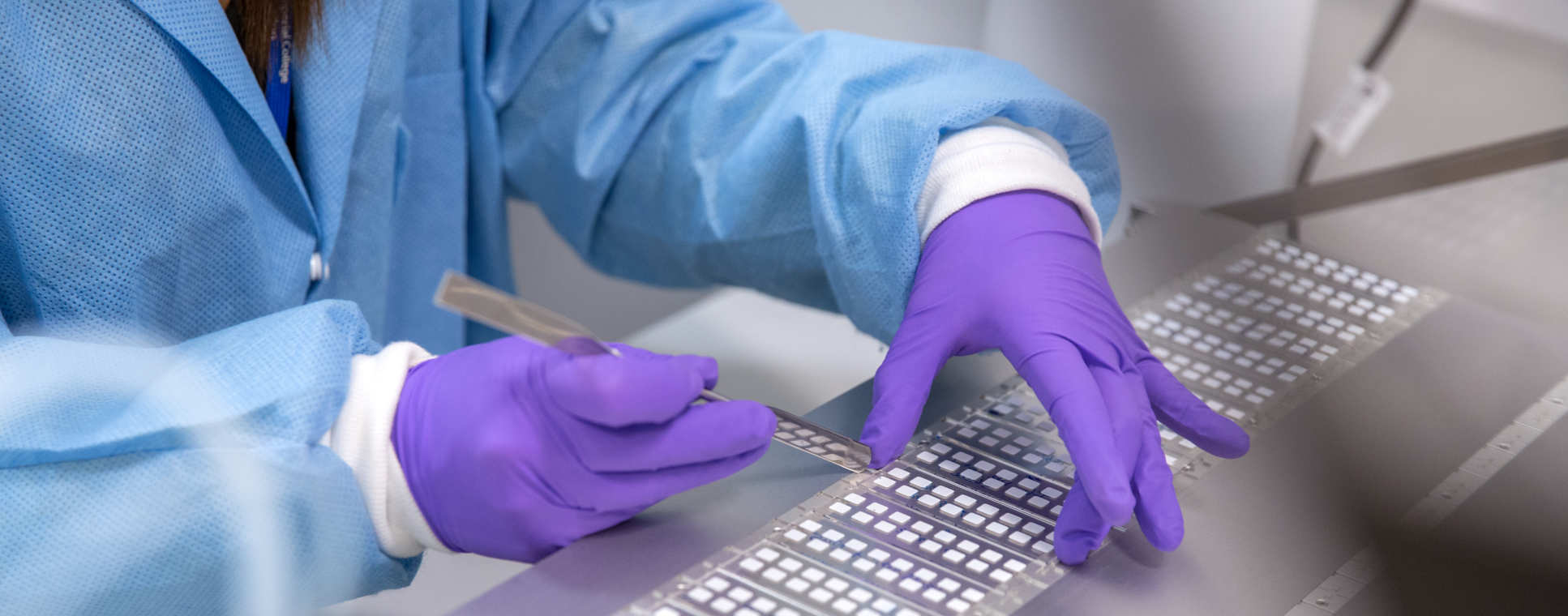
The concept of carbohydrate arrays was conceived in 1985 by Ten Feizi and co-workers (while at the MRC Clinical Research Centre, Northwick Park, Harrow): This was the development of a much needed, novel micro-method to immobilise oligosaccharides on matrices to study their recognition by antibodies and other carbohydrate-recognizing proteins. This involved the release of oligosaccharides from glycoproteins and their conversion to ‘neoglycolipids’ (NGLs) by conjugation to a lipid molecule. Further information is available at Neoglycolipids: probes of oligosaccharide structure, antigenicity, and function (PubMed).
Particularly, when coupled with mass spectrometry, NGL technology proved to be a powerful means of assigning the epitopes of monoclonal antibodies directed at carbohydrate differentiation antigens, host cell ‘receptors’ for bacteria, and ligands of numerous carbohydrate-recognising proteins of the innate immune system. By this means, the sulphated Lewisa (Lea) and Lex were discovered as ligands for E-selectin among the highly heterogeneous O-glycome of an epithelial mucin, and O-mannosyl glycans were found in abundance in the brain and as sole O-glycan carriers of HNK-1 antigen.
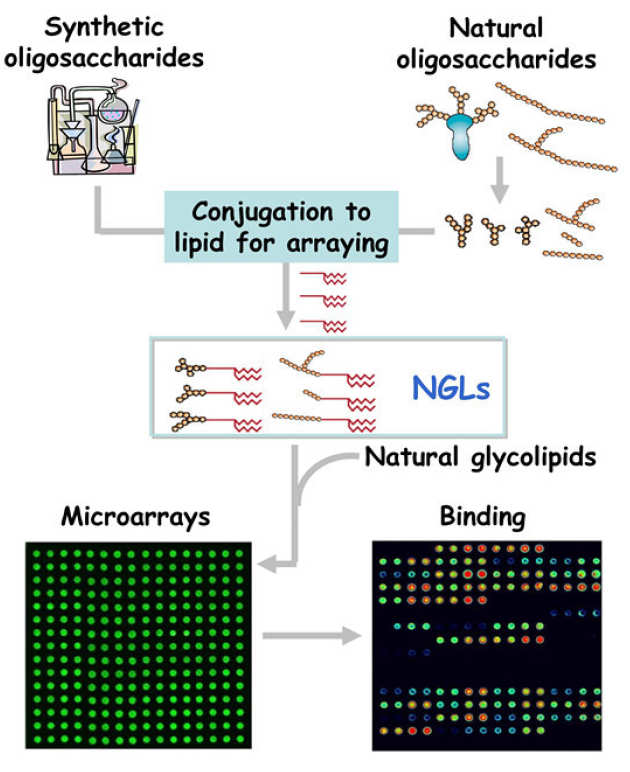
We established the neoglycolipid (NGL)-based oligosaccharide microarray system in 2002, the first to have been set up for sequence-defined oligosaccharides. Oligosaccharide microarrays have revolutionised the molecular dissection of carbohydrate-protein interactions, and with the increased awareness that oligosaccharides are involved in diverse molecular interactions in health and, directly or indirectly, in the majority of disease processes, the technology has served to attract numerous collaborative initiatives with research groups in the UK and overseas.
General enquiries
Carbohydrate microarray analyses
Professor Ten Feizi
t.feizi@imperial.ac.uk
+44 (0) 20 7594 7207
Dr Yan Liu
yan.liu2@imperial.ac.uk
+44 (0) 20 7594 2598
Dr Antonio Di Maio
a.di-maio@imperial.ac.uk
Carbohydrate structural analyses
Dr Wengang Chai
w.chai@imperial.ac.uk
+44 (0) 20 7594 2596
